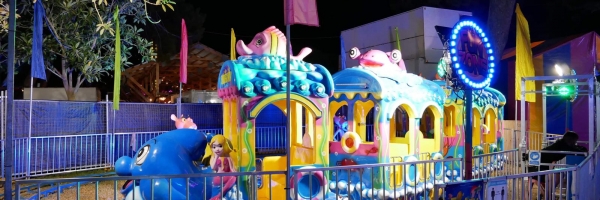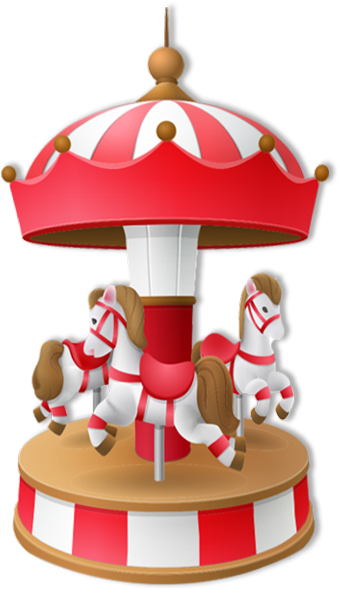Safety: The Foremost Requirement In All Rides For Hire
Safety: The Foremost Requirement In All Rides For Hire
Safety is the single most essential requirement for amusement rides. The reason is that while these rides and games can be a lot of fun and bring smiles to the faces of all their patron, it is predicated on the assumption is that safety guidelines are stringent and ensured to the fullest. This applies to an extensive range of rides, which typically is the case with the ones that are the most fun. Carnival rides for kids are under the most surveillance, as evidenced by the numerous guidelines and checks required to be fulfilled before the ride is then open for children.
A tragic accident involving the ejection of a five-year-old child from the Frisbee ride took place at Toowoomba in May 2013. This necessitated involvement from Workplace Health and Safety Queensland (WHSQ) that reiterated that investigations are still ongoing; however, the incident has managed to highlight that further engineering control measures can be implemented to improve rider safety on these rides.
These security checks and quality assessments are requisites placed on the owners of these rides., who are required to engage engineers to implement the following measures:
- Conducting a risk assessment of the existing rider restraint system on the assumption that size restrictions are necessary to determine:
-
- The manufacturer has specified that any size or seating restrictions for patrons should make sure that the engineer specifies the appropriate restrictions on riders to ensure that all the rider restraint systems remain effective during the operating cycle of the ride.
- There are numerous size and/or seating restrictions to ensure on-site screening procedures are adequately documented.
- The manufacturer has been allowed to stipulate allowable patron restrictions, and those restrictions should be reasonable and acceptable.
- These documentable procedures exist and are included as part of the operator training, consistently implemented by every operator.
- Thus, introducing engineering control measures to prevent the following situations from occurring to a thin rider at marginally above the minimum height should allow to go on the ride. It should be considered if the rider can:
-
- Be able to slip under the restraint system and well into the footwell of the car, and in this case, where they could be ejected from the ride.
- Manoeuvre into a position where they could now be ejected from the ride.
- Be stringent in applying the risk management process, making these situations may be considered likely occurrences
- Adding a primary and secondary lock on the restraint system, if not already present. This secondary lock should be independent of the primary lock, meaning that the restraint system must, therefore, stay in the intended closed position in the event that either the primary or the secondary lock fails. This means that riders should definitely not be able to disengage from either the primary lock or the secondary lock while the ride is in operation.
At Melbourne Amusement Hire, we make sure that our rides undergo regular and quality assessments to make sure that our rides uphold all the safety guidelines required by the Government’s laws and regulations. This ensures that our clients can avail of all our services without worrying about safety in the process of organizing their events. Contact us now to book our services!!


